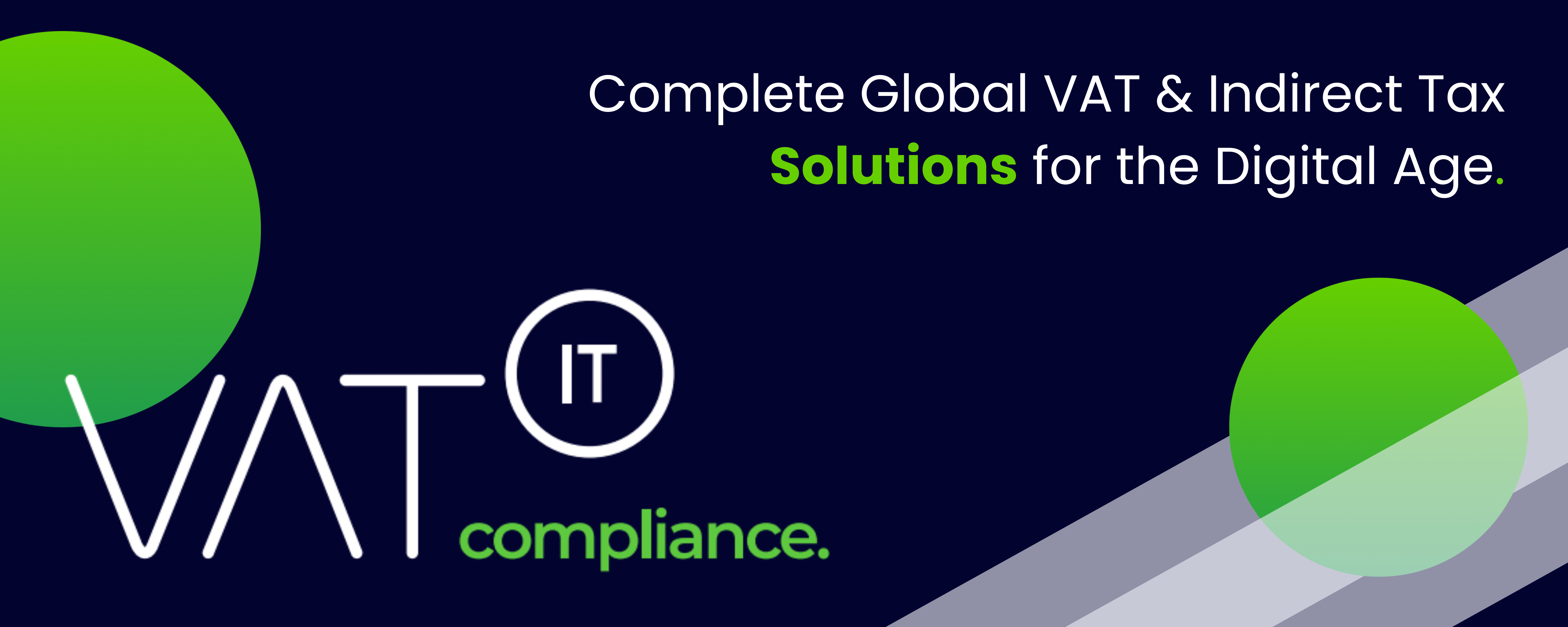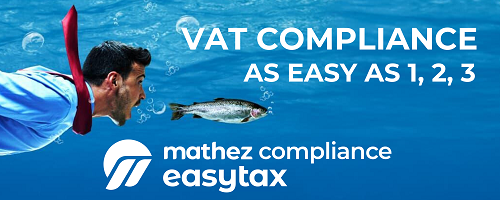- The Mexican fiscalization system is fully digital and based on CFDI electronic invoicing
- Every transaction must be issued, digitally signed, validated by an authorized PAC, and registered with the SAT
- Business processes include sales, returns, cancellations, discounts, advance payments, vouchers, and special cases
- Specific CFDI types are required for different transactions
- Document rules define mandatory elements like UUID, folio, digital seals, QR codes, payment details, and VAT treatment
- Receipts may be delivered electronically but must be based on validated XML
- Compliance requires five-year storage and archiving of CFDIs
- PAC certification and secure communication with SAT are necessary
- Readiness for audits is required, with potential fines for errors in codes, UUID links, or payment fields
Source: fiscal-requirements.com
Note that this post was (partially) written with the help of AI. It is always useful to review the original source material, and where needed to obtain (local) advice from a specialist.
Latest Posts in "Mexico"
- Comprehensive Guide to CFDI Manager Cloud 4.0 Integration for Digital Tax Receipts
- Mexico’s Online Fiscalization: Mandatory Electronic Receipts and Compliance with CFDI Version 4.0
- Key Features of Digital Fiscalization: Flexibility, CFDI Receipts, Payment Coverage, and Reporting Requirements
- Mexico Raises Tariffs on Imported Goods Under Simplified Customs Scheme Effective August 2025
- Mexico Ends VAT Registration for Non-Resident Digital Providers Without Local Domicile Proof















